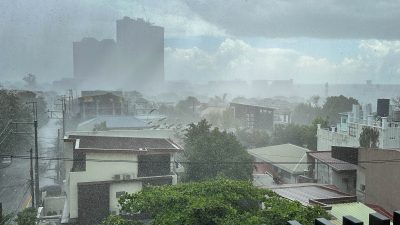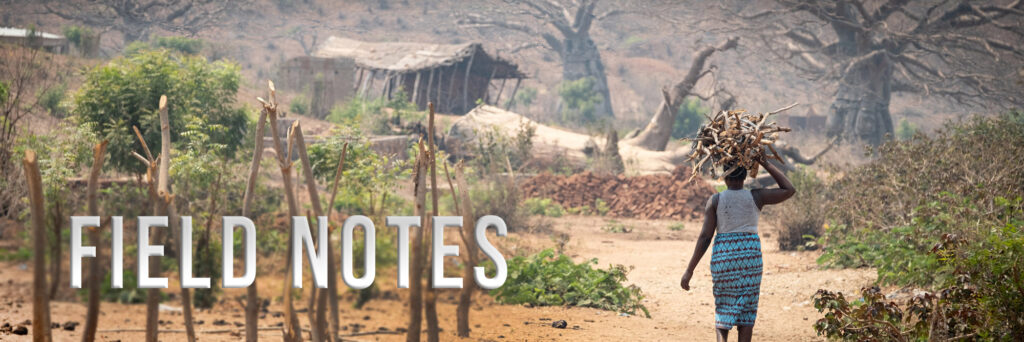Beneath darkened skies, heavy rains wash over the streets of Bario Kapitolyio, part of Pasig City in Manila, Philippines. It is early afternoon on Good Friday, not quite the ninth hour; that is 3:00pm, when Jesus at last declared, “It is finished”, gave up His spirit and died under the weight and consequence of the sins for all who would believe it.
This is a most-sacred time of year in this part of the world, where Catholics and Protestants of all stripes reflect upon, and in some cases even try to relive, the Passion of Christ.
The rains today come after a lengthy period of drought – as though they were a sign from Heaven to reassure a community, now shut down in somber remembrance of Easter Holy Week.
Much of the skeptical world recognizes the occurrence, if not the importance of this event. Even Wikipedia authors write:
“The crucifixion darkness is an event described in the synoptic gospels in which the sky becomes dark in daytime during the crucifixion of Jesus for roughly three hours.Most ancient and medieval Christian writers treated this as a miracle, and believed it to be one of the few episodes from the New Testament which were confirmed by non-Christian sources.”[1]
It is not as if the skies go dark each year for Good Friday, but on this occasion, this gentle reminder of God’s love and provision has watered my soul. These rains are a practical reminder, that cleansing comes by faith in the One who created me in the first place, the One who knew that I would screw up, and the One who would ultimately offers a way to return on His terms, through the promised Messiah, Yeshua.
Maranatha.








